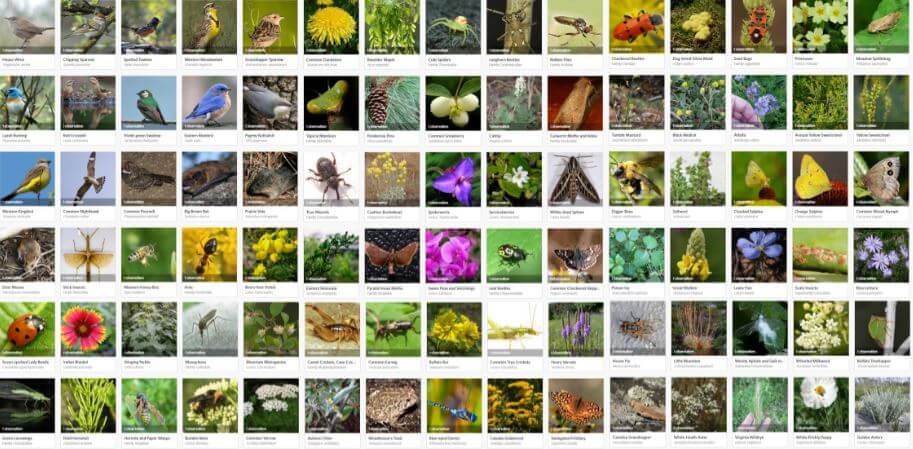
Join us during our third annual Wildcat Hills Bioblitz as we discover the biodiversity of Wildcat Hills State Recreation Area!

Join us during our third annual Wildcat Hills Bioblitz as we discover the biodiversity of Wildcat Hills State Recreation Area!
After six years, nine states and over 200 surveys, IMBCR technician Mike McCloy shares his perspective on the importance of counting birds to conservation, the challenges and joys of being a field tech, and how he (and the landscapes he traverses) have changed.
Emily Chavez recently began a new chapter in her life in a familiar setting. Here in the San Luis Valley, the land of her ancestors, she has ‘rediscovered’ a special place that is close to her heart. Emily shares her story of how heritage, imparted wisdom and new knowledge are coming together to further bird conservation in southern Colorado.
For over ten years, private landowners have been granting permission for Bird Conservancy to conduct bird surveys on their land. These partners in conservation enable us to learn about bird populations across the whole landscape, beyond public lands. Equally important are the lasting friendships that often form between our staff and the landowners as they bond over birds, landscapes and the stewardship values we share.

Join us for a morning of bird banding with Meredith McBurney and our expert volunteers from Bird Conservancy of the Rockies! Mist nets will be set up near the wetlands behind the Front Range Birding Company in Littleton. Each bird will be weighed, measured and documented while you watch. You may even get a chance to experience a “bird in the hand!”
Nineteen Mennonite students from Cuauhtémoc recently joined us in the field and experienced a day in the life of bird biologists. Representing a vital piece of the conservation puzzle in Chihuahua, their visit opens new pathways for awareness, conversation and collaboration to help grassland birds on Mexico’s wintering grounds.
The effects of the Federal Government shutdowns are far-reaching and have a lasting impact on bird conservation, regional economies, our nation’s farmers and producers, and our natural resources.
2018 marks our eighth season banding Northern Saw-whet Owls in the western Dakotas and gathering useful data about the migratory habits of this charismatic species.
Black Swifts are thought to forage long distances from their nest sites, but their basic movement ecology is unknown. Knowledge about daily foraging routes and distances will help identify flight patterns, foraging hotspots and habitat relationships—critical to understanding the conservation needs of this enigmatic species.